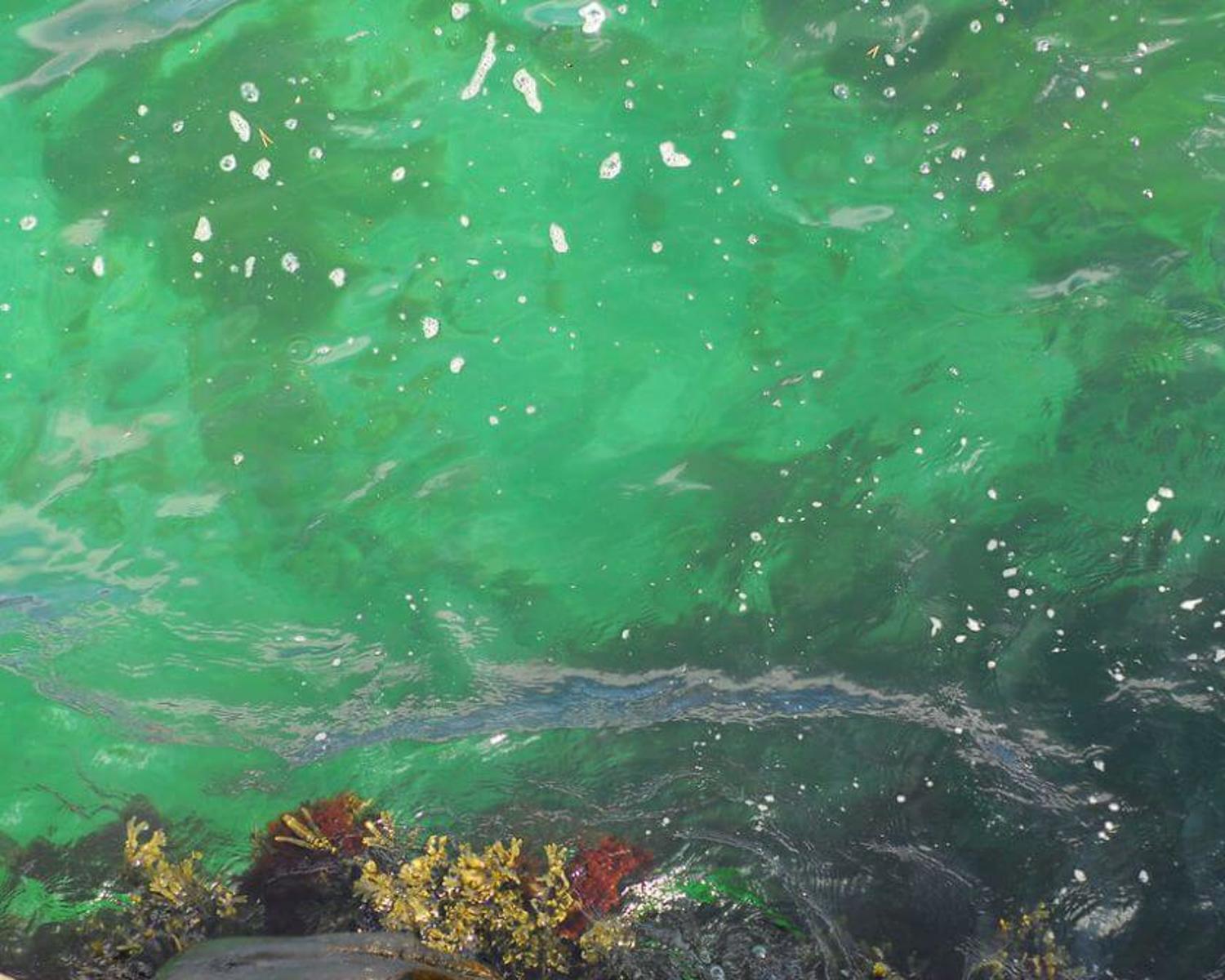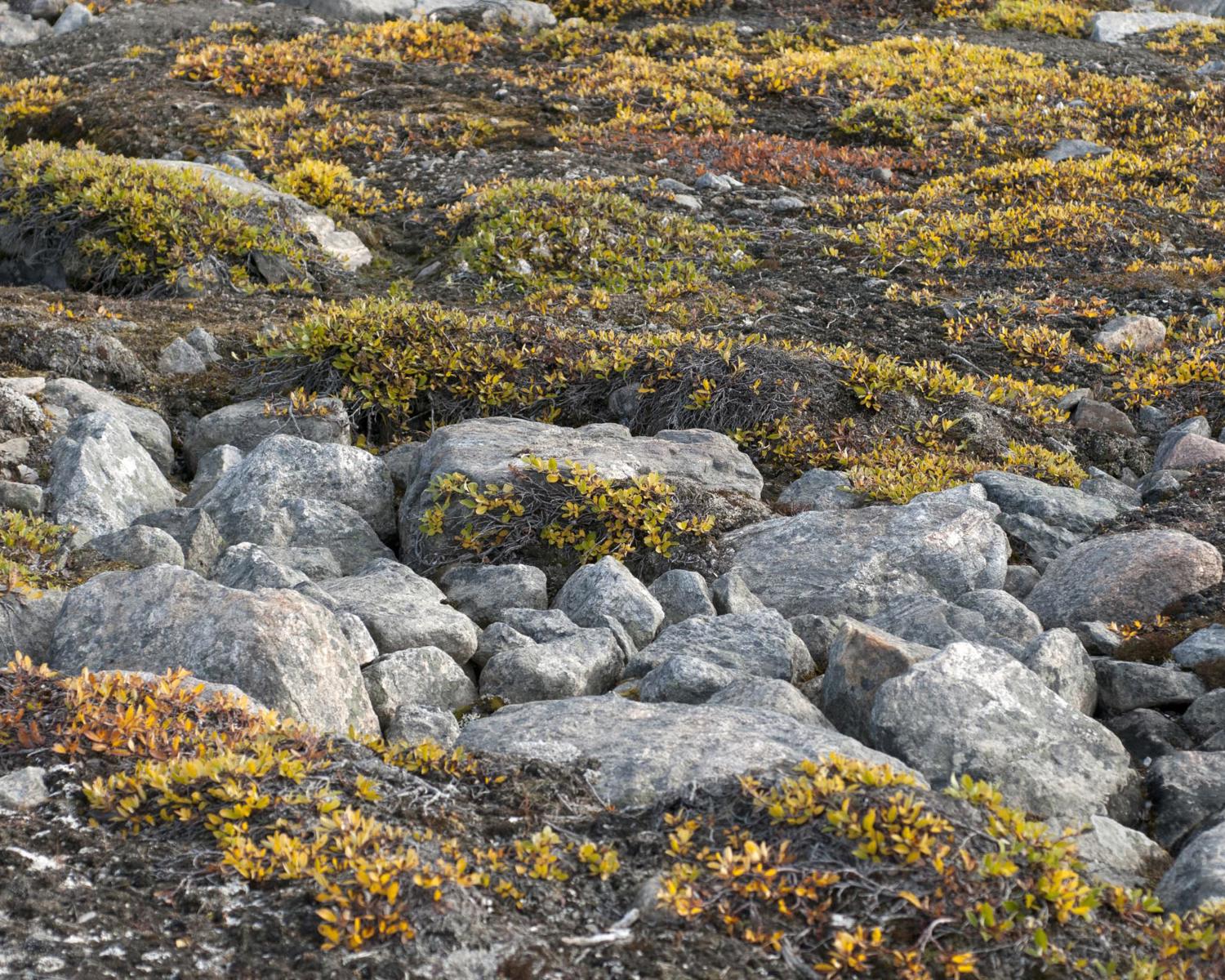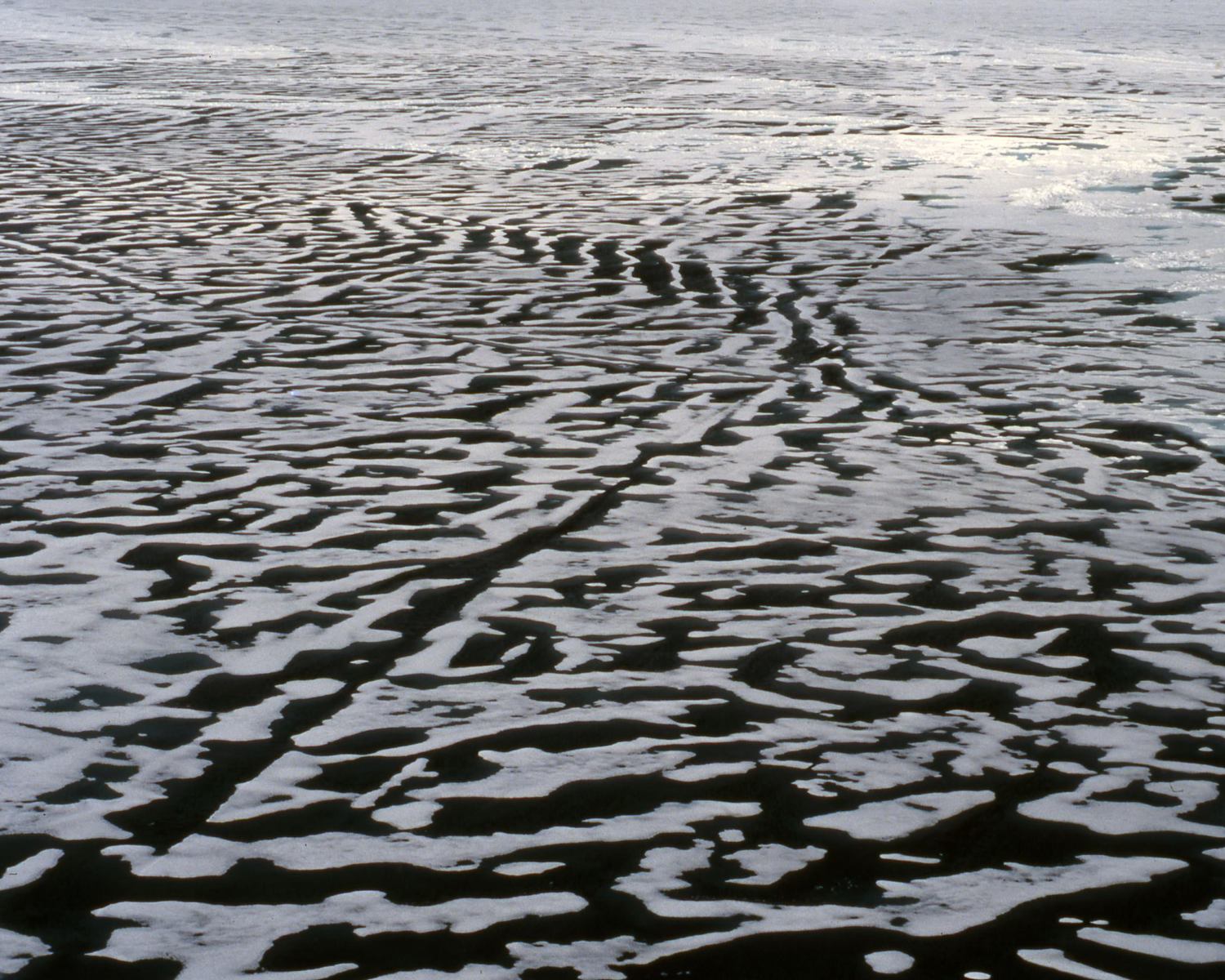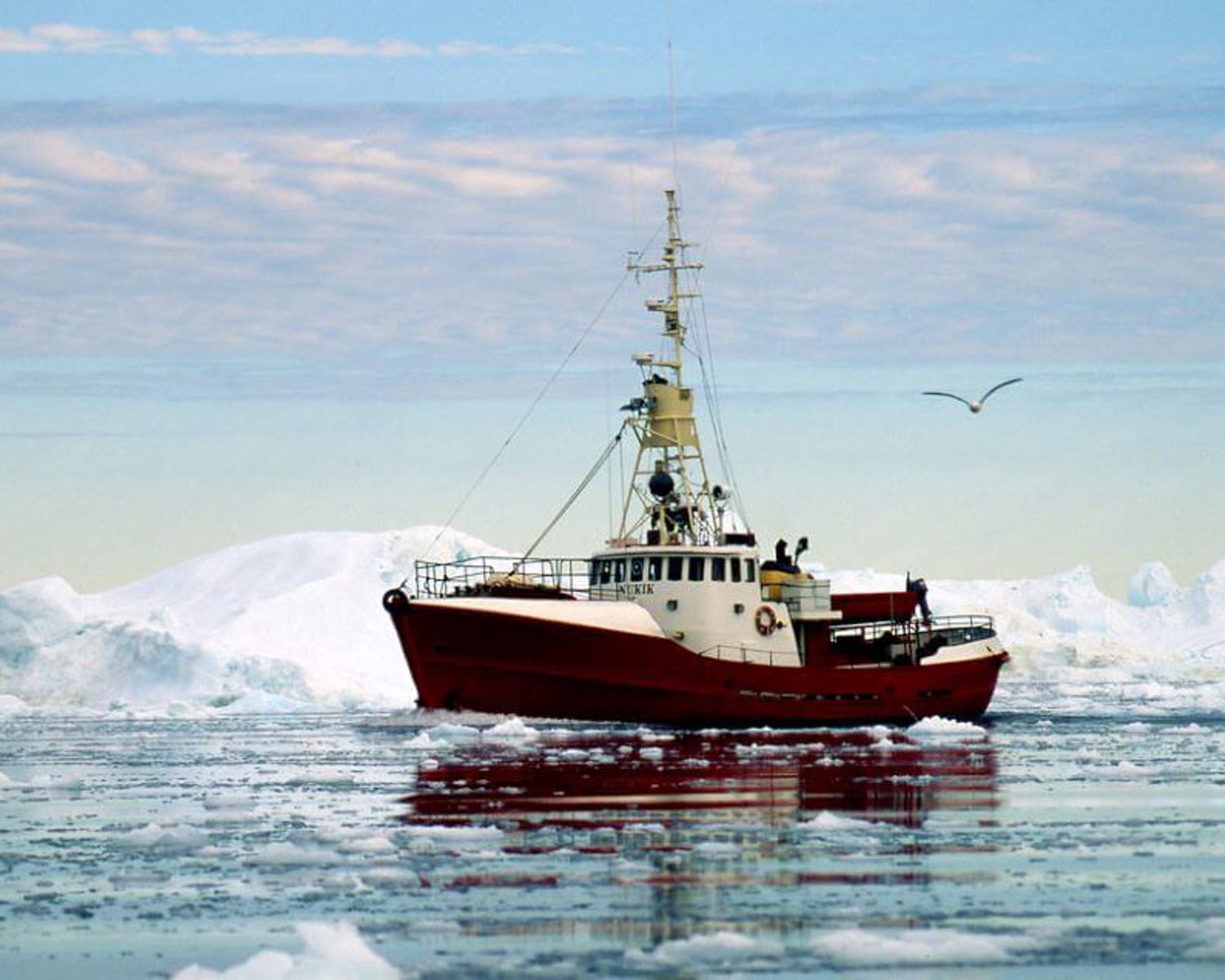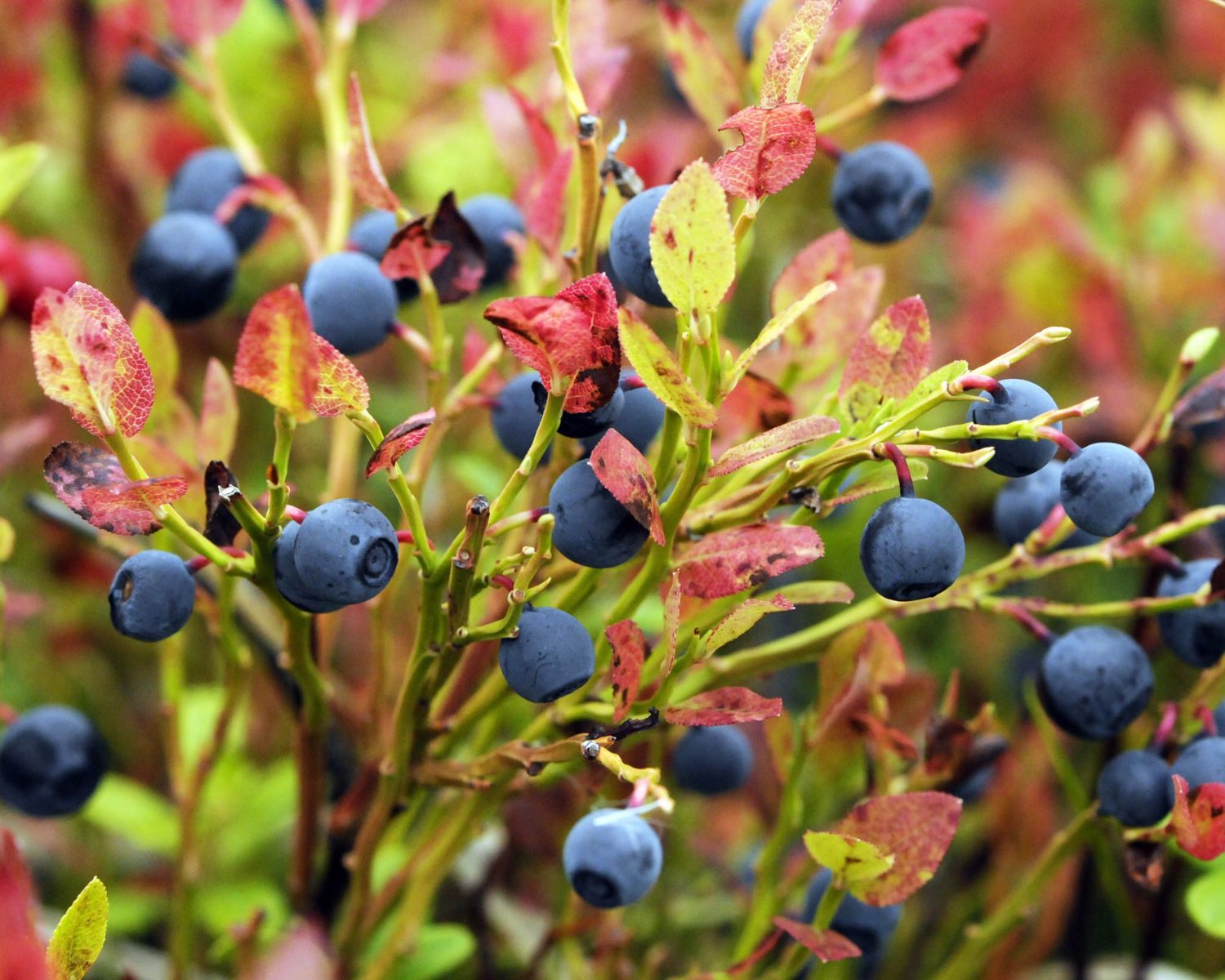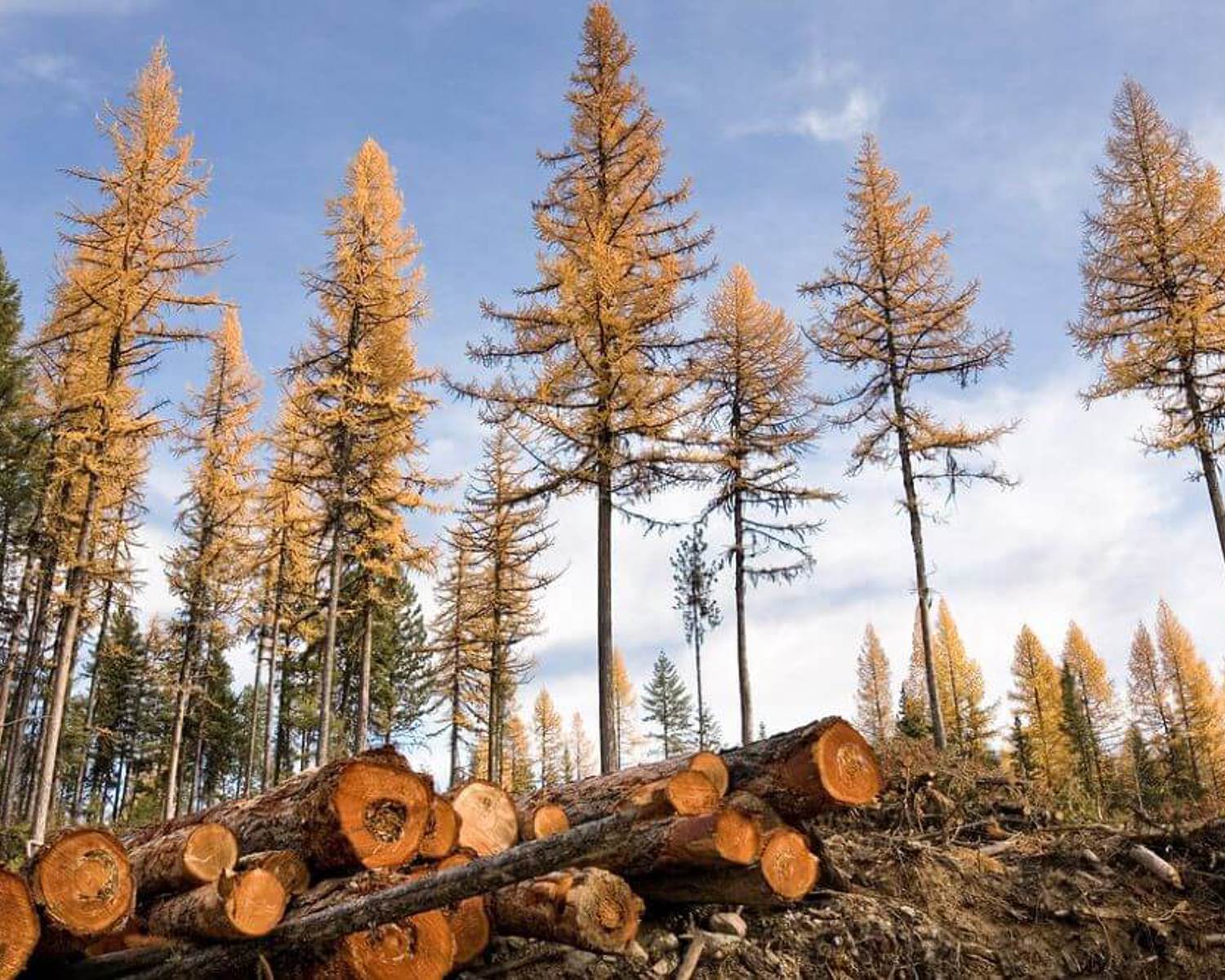River Liming
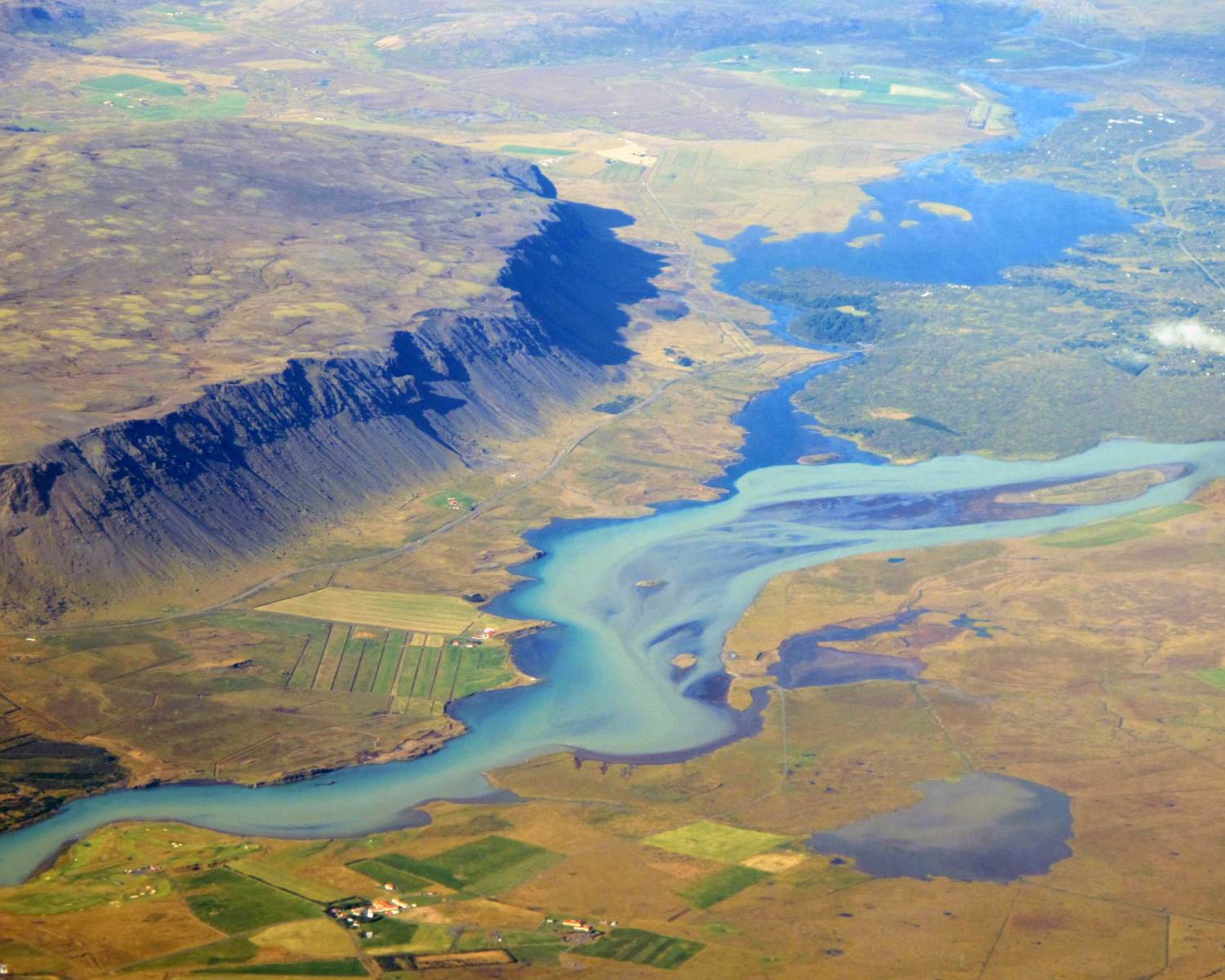
The pH of water is lowered when it takes up atmospheric carbon. Given that the Earth’s oceans serve as a major carbon sink, there is increasing interest in the possibility to artificially increase the alkalinity of water to restore pH to previous levels, and/or increase carbon uptake potential.
Analysis overview

Technological Readiness Level (TRL)
Low 1
Technological Readiness Level (TRL)
A technology with a TRL of 1-3: TRL 1 – Basic; TRL 2 – Concept formulated; TRL 3 – Experimental proof of concept

Scalability
Unknown 0

Timeliness for near-future effects
Unknown 0

Northern + Arctic potential
Unknown 0

Global potential
Unknown 0

Cost - benefit
Unknown 0

Environmental risks
Unknown 0

Community impacts
Unknown 0

Ease of reversibility
Unknown 0

Risk of termination shock
Unknown 0

Legality/governance
Possible 3
Legality/governance
Currently legal to deploy, with governance structures in place to facilitate it and/or financial incentives to develop it

Scientific/media attention
Low 1
Scientific/media attention
Very low attention from individuals and/or abandoned ideas; low media attention; no commercial interest.
References
Cai, W. J., & Jiao, N. (2022). Wastewater alkalinity addition as a novel approach for ocean negative carbon emissions. The Innovation, 3(4), 100272. https://doi.org/10.1016/j.xinn.2022.10027
Köhler, P., Hartmann, J., & Wolf-Gladrow, D. A. (2010). Geoengineering potential of artificially enhanced silicate weathering of olivine. Proceedings of the National Academy of Sciences, 107(47), 20228-20233. https://doi.org/10.1073/pnas.1000545107
Mu, L., Palter, J. B., and Wang, H. (2023). Considerations for hypothetical carbon dioxide removal via alkalinity addition in the Amazon River watershed, EGUsphere [preprint], https://doi.org/10.5194/egusphere-2022-1505
Olafsson, J., Olafsdottir, S. R., Takahashi, T., Danielsen, M., & Arnarson, T. S. (2021). Enhancement of the North Atlantic CO 2 sink by Arctic Waters. Biogeosciences, 18(5), 1689-1701. https://doi.org/10.5194/bg-18-1689-2021
Rønning , J., Campbell, J. S., Renforth, P., & Löscher, C. (2023). Enhanced Weathering of Olivine in Rivers for Carbon Dioxide Removal (No. EGU23-11269). Copernicus Meetings. https://doi.org/10.5194/egusphere-egu23-11269
Sterling, S., Halfyard, E., and Hart, K. (2023) Addition of Alkalinity to Rivers: a novel strategy for Ocean Alkalinity Enhancement, EGU General Assembly 2023, Vienna, Austria, 24–28 Apr 2023, EGU23-16677, https://doi.org/10.5194/egusphere-egu23-16677

